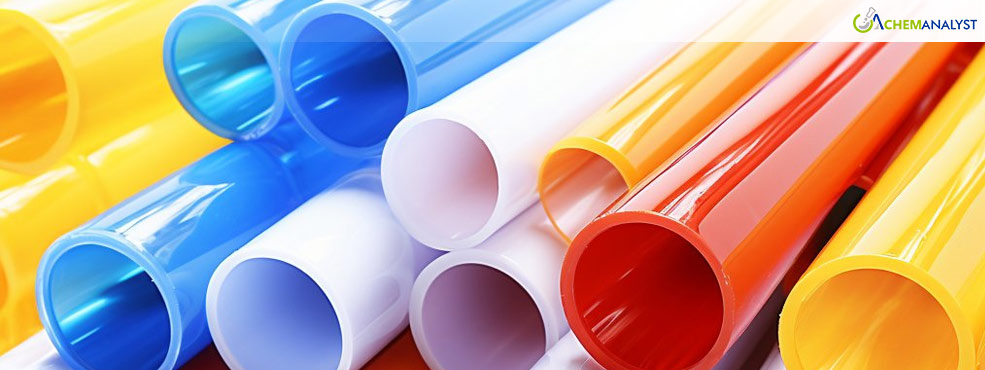PVC Prices Show Mixed Trends Across Europe and the US Amid Market Turmoil
- 27-Dec-2024 12:15 AM
- Journalist: Yage Kwon
In December 2024, the European and US Polyvinyl Chloride (PVC) markets showcased contrasting dynamics driven by demand-supply imbalances, cost pressures, and geopolitical uncertainties.
In Europe, PVC prices registered a slight increase in November, defying the overall trend of softening or stagnant prices for other polymers. This uptick followed a rise in the ethylene cost, as producers sought to bolster margins amid sluggish demand. However, firm buyer resistance tempered further gains. The supply was sufficient to meet the subdued demand, supported by reduced production rates and ongoing maintenance activities.
By December, the European PVC market stabilized, with prices rolling over along with a marginal reduction in ethylene costs, translating to a decline in PVC production costs. Demand remained weak as converters minimized inventory levels for year-end management and curtailed operations for extended holiday breaks. Despite tight production schedules, supply adequacy prevented significant price fluctuations.
The downstream sectors faced significant pressures, with weak economic conditions curbing construction and infrastructure activities, key end-use markets for PVC. Competitive imports further dampened market sentiment, although a stronger US dollar began to erode the price advantage of non-EU material.
The US PVC market witnessed distinct pressures, exacerbated by ongoing geopolitical tensions and protectionist trade policies. While prices in November were relatively stable, concerns over a potential tariff landscape under the incoming administration of President-elect Donald Trump clouded the outlook. Anticipated import duties of up to 25% on goods from Canada and Mexico and even steeper tariffs on Chinese imports raised alarms across the industry. Retaliatory tariffs from key trading partners, including Brazil, added to the uncertainty.
Brazil, a critical market for US PVC exports, is actively investigating anti-dumping claims that could result in additional duties, bringing up the total tariffs. Similar protectionist measures across other export destinations could severely limit US producers’ ability to offload surplus material, particularly as new capacity comes online in the next two years.
Despite steady demand within domestic markets, global challenges threaten to disrupt the US PVC sector’s competitiveness. With exports accounting for a significant share of US PVC sales, any impediments in key regions like China and Brazil could exacerbate supply imbalances, pushing prices lower domestically.
As per ChemAnalyst, heading into January, both European and US PVC markets are expected to face downward pressure as naphtha prices continue to fall. However, the degree of PVC price movement will likely depend on geopolitical developments, feedstock dynamics, and downstream demand recovery. For now, the PVC industry must navigate a volatile landscape shaped by both global and regional factors.



